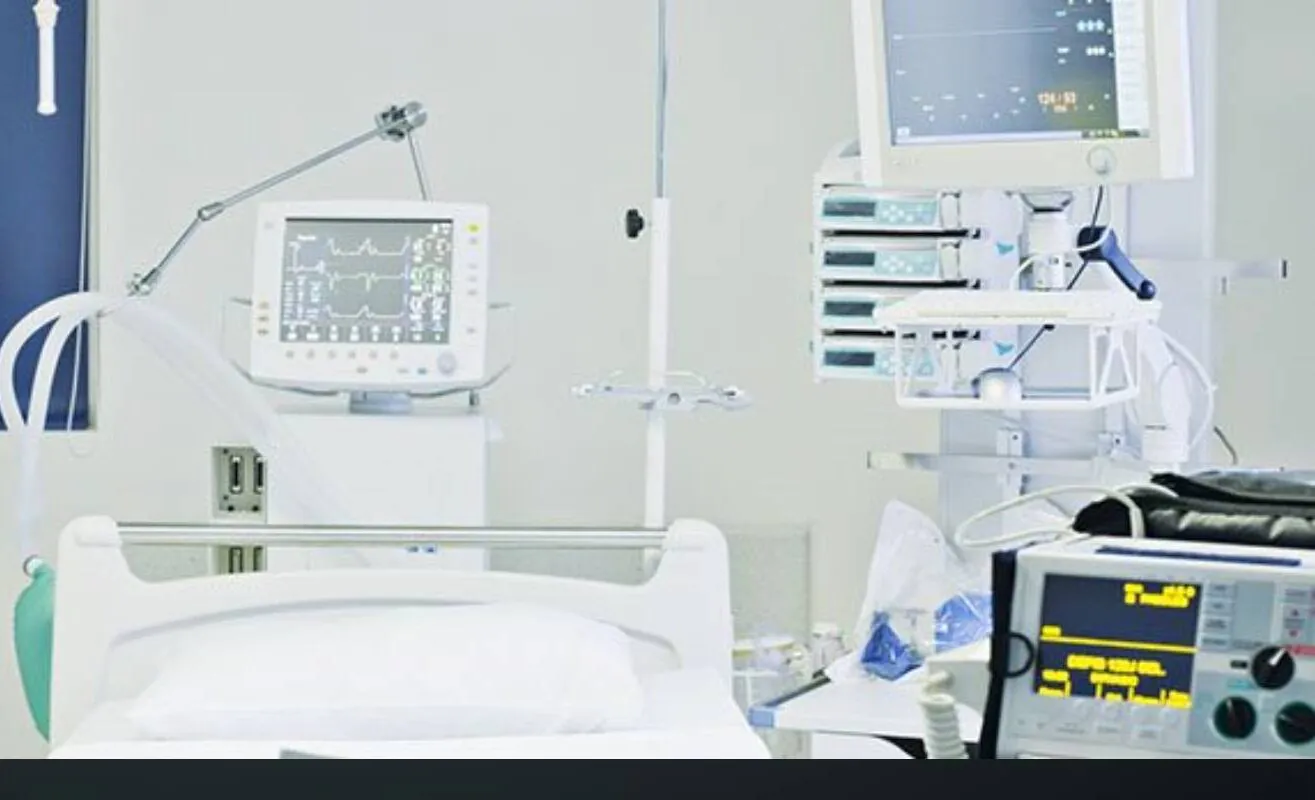Medical device marketing refers to the strategic promotion and sales efforts used by companies to effectively market medical devices to healthcare professionals, hospitals, and other relevant stakeholders. This form of marketing is distinct from other industries due to the complexity of the products, the need for regulatory compliance, and the technical nature of the target audience.
Key Principles of Medical Device Marketing
Evidence-Based Marketing
Using quantifiable data and studies to support marketing claims is essential for convincing analytical buyers.
Tailored Problem-Solving
Marketing efforts should address specific challenges faced by different healthcare settings and specialties.
Content Marketing
Creating high-quality content that explains and illustrates the benefits and functionality of medical devices is vital for educating potential customers.
Regulatory Considerations
Truthful and Informative Marketing: Marketing materials must be accurate, contain relevant information about the device, and target the appropriate user group.
FDA Compliance: In the U.S., devices must meet FDA classification and approval requirements before marketing
Importance of Marketing for Medical Devices
Differentiation and Competition
The medical device industry is highly competitive, with numerous products available. Effective marketing helps companies differentiate their products, highlighting unique features and benefits that set them apart from competitors.
Regulatory Compliance and Safety
Marketing must ensure that claims are truthful and compliant with regulatory standards, which is essential for maintaining credibility and ensuring patient safety.
Educating Healthcare Professionals
Medical devices often require technical understanding. Marketing efforts, such as webinars and content marketing, educate healthcare professionals about the benefits and proper use of these devices.
Influencing Purchase Decisions
Marketing plays a significant role in guiding purchase decisions by providing relevant information about the device's intended use and benefits.
Brand Recognition and Growth
Building brand awareness through marketing strategies like digital marketing and content creation helps increase market share and drive business growth.
Customer Engagement
Marketing helps engage with customers throughout the product lifecycle, from development to post-market activities, ensuring that customer needs are met and feedback is incorporated into product development.
4 Tips for a Good Marketing Strategy
Understand and Target Your Audience
Understanding and targeting your audience is crucial in the medical devices market. This involves identifying the demographics, needs, and preferences of healthcare professionals and institutions. Developing detailed buyer personas can help guide personalized marketing strategies and messaging. By knowing who your ideal customer is, you can tailor your marketing efforts to address their specific pain points and interests. For instance, if your device is designed for surgeons, your marketing should focus on the benefits that resonate with them, such as improved precision or reduced recovery time. This targeted approach ensures that your marketing efforts are effective and resonate with the right audience.
Leverage Digital Marketing
Leveraging digital marketing is essential for reaching a wide audience in the medical devices sector. Strategies such as search engine optimization (SEO) and pay-per-click advertising (PPC) can help your company appear prominently in search results, ensuring that potential customers find your products when they are researching solutions. Additionally, social media platforms provide an effective channel for distributing content and engaging with potential customers. By creating informative and engaging content on these platforms, you can build brand awareness and establish your company as a thought leader in the industry. Digital marketing also allows for precise tracking and analysis of campaign performance, enabling you to refine your strategies based on real-time data.
Build Relationships with Key Opinion Leaders (KOLs)
Building relationships with Key Opinion Leaders (KOLs) is a powerful strategy in the medical devices market. KOLs are respected professionals in their fields and can significantly influence purchasing decisions. Partnering with them in clinical trials, research studies, and industry events can enhance credibility and awareness of your device. By collaborating with KOLs, you can gain expert endorsements that validate the effectiveness and safety of your medical device. These endorsements can be particularly persuasive when included in marketing materials or presented at conferences. Moreover, KOLs can provide valuable feedback on your device, helping you refine it to better meet the needs of healthcare professionals.
Create Engaging and Informative Content
Creating engaging and informative content is vital for marketing medical devices effectively. This involves developing high-quality materials such as webinars, white papers, and infographics that explain how your device solves specific healthcare challenges. The content should clearly communicate the unique benefits and value proposition of your device, differentiating it from competitors and resonating with your target audience. By educating healthcare professionals about the advantages of your device, you can build trust and establish your company as a trusted provider of innovative solutions. Additionally, this content can be shared across various platforms, from social media to industry conferences, further amplifying your marketing reach and impact.
Conclusion
A successful marketing strategy for medical devices hinges on understanding the target audience, leveraging digital marketing, building relationships with Key Opinion Leaders, and creating engaging content. By implementing these strategies, companies can effectively differentiate their products, build credibility, and drive growth in a competitive market. Tailored marketing approaches ensure that medical devices reach the right professionals, ultimately enhancing patient care and outcomes.



